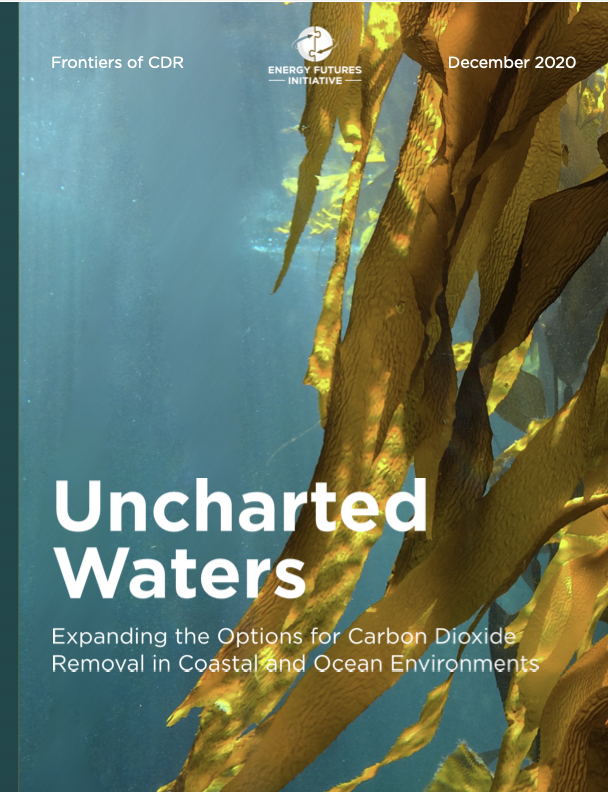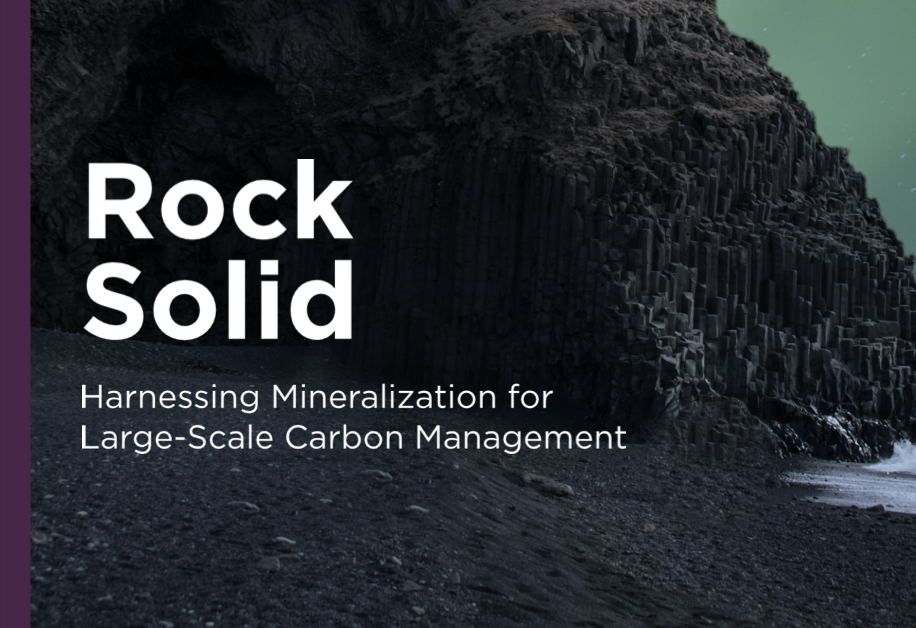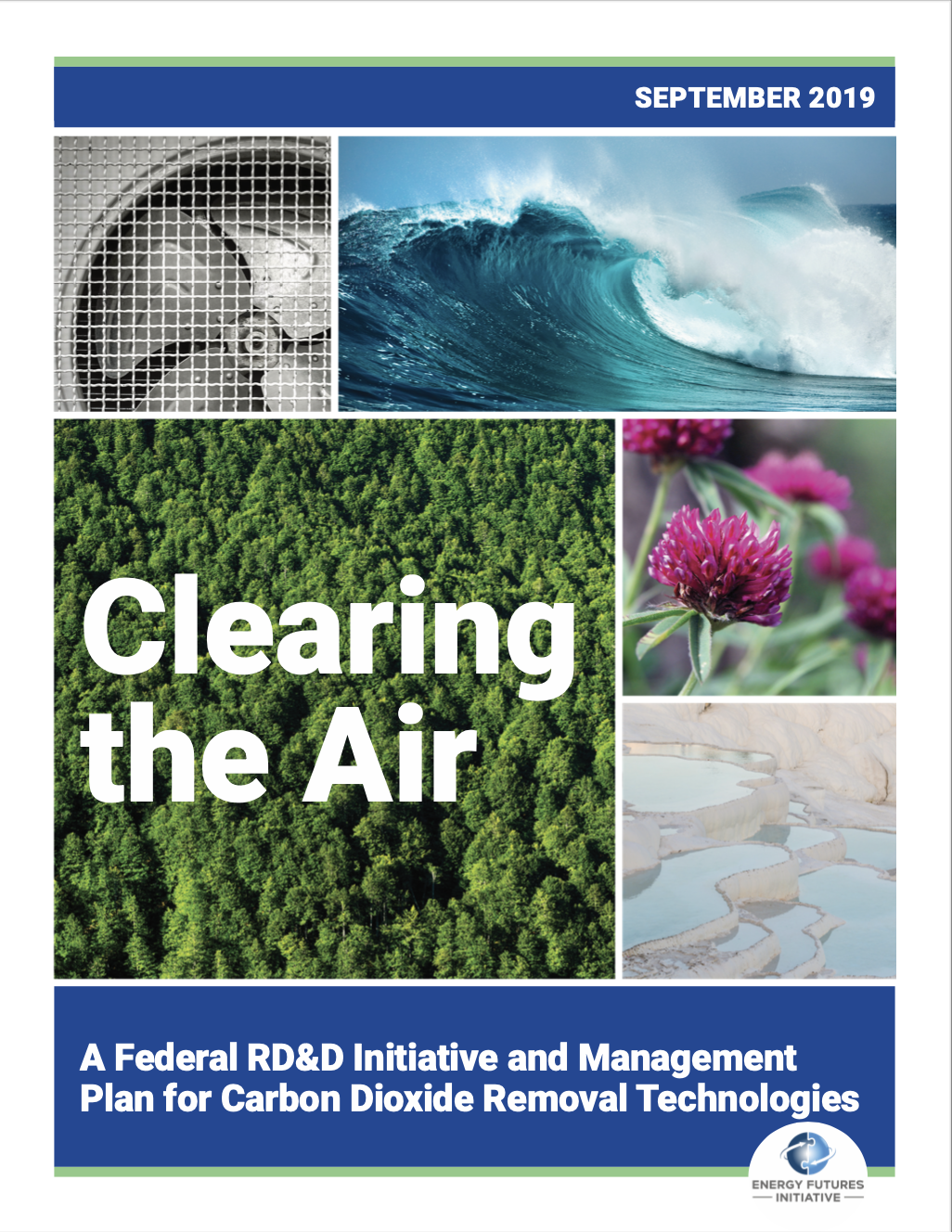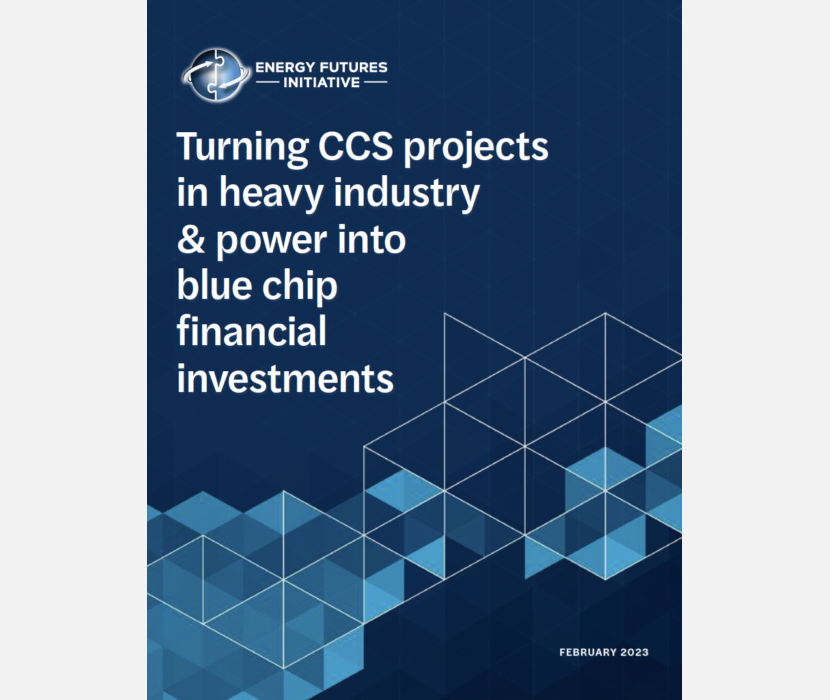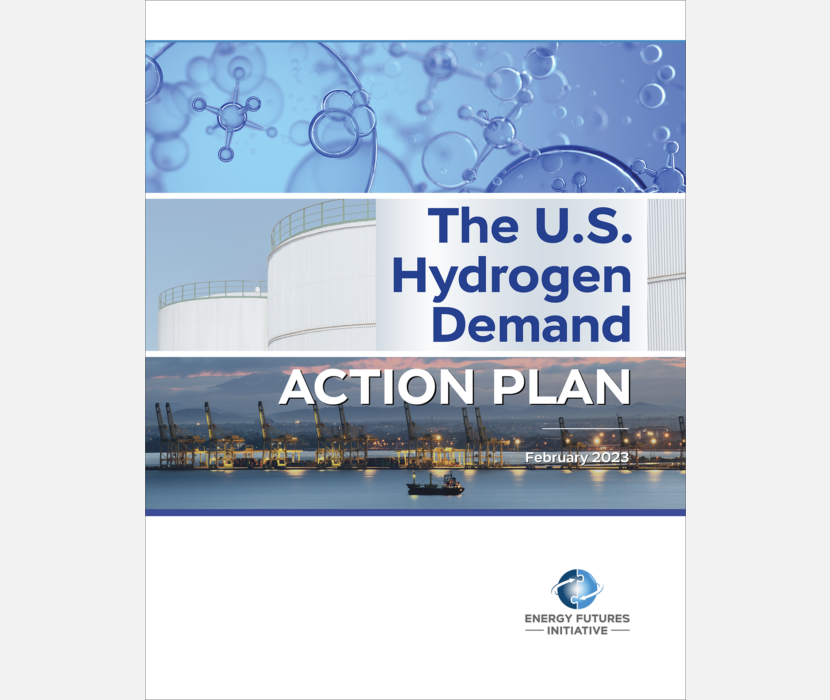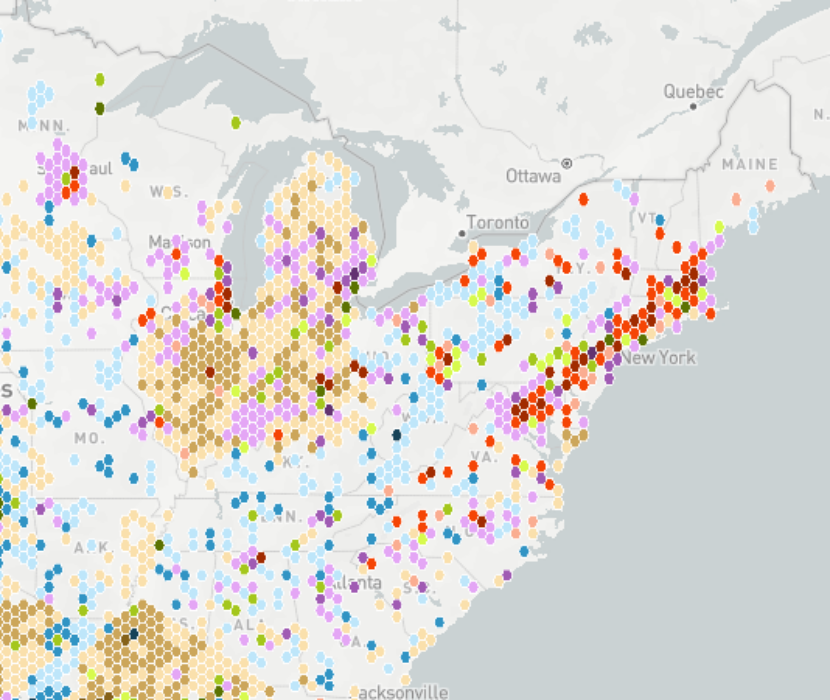Uncharted Waters: Expanding the Options for Carbon Dioxide Removal in Coastal and Ocean Environments” (December 2020) reviews oceans-based carbon dioxide removal (CDR) and issues recommendations for policymakers. It is part of EFI’s three-part “Frontiers of CDR” series, which builds on EFI’s 2019 “Clearing the Air” report and examines critical but underexplored CDR pathways.
The oceans naturally store carbon from the atmosphere through the carbon cycle. Since the Industrial Revolution, they have absorbed approximately 25 percent of anthropogenic carbon pollution. The absorption of excess carbon, however, has caused acidification, deoxygenation, and warming in the oceans. These consequences cause some of the well-known impacts of climate change, including affecting ecosystems, increasing the melting rate of ice caps, and changing weather patterns and currents.
Furthermore, the oceans store a significant amount of carbon in their surface waters. Because of the tight relationship between the oceans and the atmosphere, dramatically reducing atmospheric carbon concentrations—a pursued necessity to combat climate change—would cause the oceans to reactively release carbon stored in its surface waters to the atmosphere, effectively negating the effects of removing carbon from the atmosphere.
EFI found that many oceans-based CDR pathways have economic, industrial, and environmental co-benefits, including addressing ocean acidification, warming, deoxygenation, and release of surface-water carbon. Given the vast scale of the oceans, their natural role in storing carbon dioxide, and their lack of land use requirements, marine CDR could provide viable means to help reverse these impacts.
This report focuses on natural, technological pathways for oceans and coastal communities to capture and store carbon dioxide. It provides an overview and key RD&D needs of five underexplored biological oceans-based CDR pathways and three unexplored non-biological oceans-based CDR pathways, including ocean fertilization, “blue carbon,” enhanced ocean up/downwelling, and ocean alkalization. Key findings from the report include the following:
- Oceans-based CDR (the removal of carbon dioxide from upper ocean waters) is a key element of the CDR portfolio and is an essential complement to reducing atmospheric carbon dioxide levels. Without corresponding enhanced marine CDR, reducing atmospheric carbon dioxide levels will cause oceans to respire a portion of this absorbed carbon dioxide back into the atmosphere.
- There are numerous oceans-based CDR pathways available, and they have significant potential to scale. They can capture and sequester carbon dioxide at gigaton scale because of the ocean’s vastness and lack of land use complications.
- Questions of public acceptance are among the most critical challenges currently facing marine CDR. Starting with small-scale experiments, well-controlled and documented research projects will be critical for building public understanding. Efforts should also be made to pilot CDR in areas where co-benefits can directly help local communities.
EFI’s report urges and proposes dynamic and thorough RD&D initiatives updated according to new discoveries in the field and rigorously tested and scaled. These proposals include interagency and international collaboration and budget reprioritization of a recommended $2 billion over the next decade. EFI released this report alongside the other two reports in the series— “From the Ground Up” and “Rock Solid”—during EFI’s webinar launch event on December 10, 2020. The event featured presentations by project leads Aristides Patrinos (Novim), Brad Ack (Ocean Visions), and Sasha Wilson (University of Alberta). The report attracted media coverage from OilPrice.com, Cornell University’s Cornell Chronicle, and Market Research Telecast.
Webinar Event
Supplemental Material
Related Content
(Share this post with others.)


